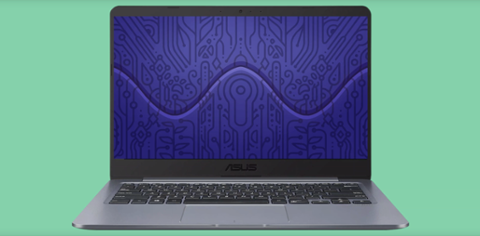
According to a new study from HackerRank, women are learning to code earlier in life than previous generations. They're also focusing on languages employers want. Some 55.71 percent of women over the age of 24 learned to code in their late teens. Compare that to women under the age of 21, 69.77 percent of whom learned to code in their late teens. Among women over age 24, some 17.59 percent learned to code when they were under 15, compared to 29.88 percent of women 21 and younger. Clearly, mastering programming languages is beginning at progressively younger ages.
“This can be explained by a rise in the number of educational opportunities that expose more women to coding at an increasingly younger age," HackerRank wrote. “Given the rising need for software engineers, schools have begun to offer coding as part of their curricula and the number of organizations dedicated to teaching children to code after school or during the summers has grown.” Indeed, the 2x increase in women learning to code at a younger age can be attributed to services such as Swift Playgrounds from Apple. That education-focused platform is geared toward young learners, with no true minimum age requirement. Similar tools (such as those available via Code.org) also help beginner coders. Women are also holding their own against men when it comes to particular languages. When examining men and women younger than 21 in terms of languages they were learning or “know,” the numbers were nearly identical. Employers are looking for tech pros proficient in languages such as JavaScript, Java, Python, C-based languages, and PHP; for each of those languages, women and men were equally knowledgeable, with only a few percentage points separating the two factions in most cases. With Java, women under 21 had a seven-percent advantage over men in knowing the language. When comparing languages employers want and the languages men and women know, there was an unusually high spike with C++ and C, suggesting those under 21 who know these languages are students (legacy languages are more commonly taught in schools). Women under 21 were more knowledgeable in R, while men were more focused on Python. We know Python is strangling R in the hot fields of data science and analytics, so maybe it’s time for those young women to re-focus on the snake-case language.


